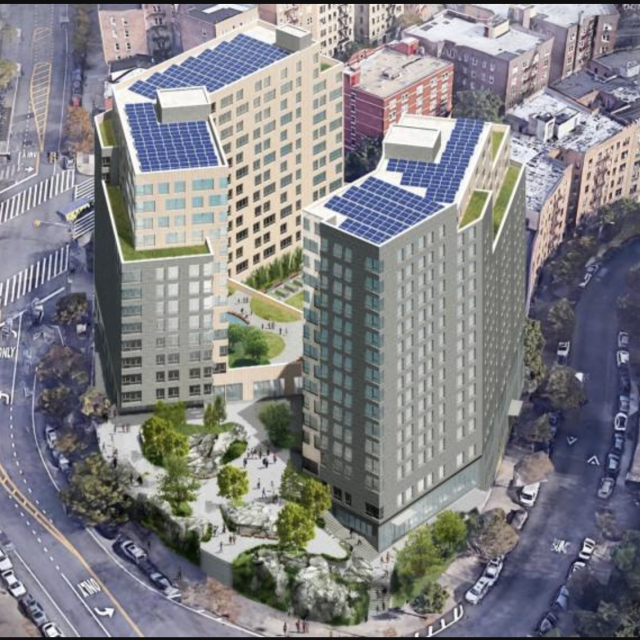This blog is part of a series on the intersection of housing and the criminal legal system. Read our first and second post.
Affordable housing development is a complex process. Developers must navigate financial hurdles, construction schedules, state and local regulations and more.
When housing providers narrow their target population to better serve residents with unique needs, the process can become even more challenging. As evidence mounts that stable, affordable housing is critical for people returning from incarceration, our communities need new ways to support justice-involved housing development.
Housing options for people impacted by the criminal legal system are limited
Supportive housing is a powerful housing model that combines affordable housing with social services designed to meet the needs of a wide range of residents. It can be incredibly valuable for people returning from incarceration, offering case management, job training, financial wellness coaching and more. Research in New York has shown that supportive housing can reduce recidivism by 38 percent and save municipalities nearly $16,000 per individual in annual jail and shelter costs.
But accessing this resource can be a challenge. Often, residents must meet the U.S. Department of Housing and Urban Development’s definition of “chronic homelessness,” which requires that a person be homeless for at least one out of the past two years or two of the past four years. This doesn’t include time spent in correctional facilities, meaning formerly incarcerated people often don’t qualify.
Further, not everyone returning from prison requires the level of assistance that supportive housing provides. Research by The Corporation of Supportive Services suggests only 30% of people incarcerated at Rikers Island need access to supportive housing.
Why finding financing is so difficult
The Low-Income Housing Tax Credit (housing credit) is our nation’s most successful tool for financing affordable housing. All states allocate housing credits using a Qualified Action Plan (QAP), which outlines the selection criteria used to prioritize and award these resources. Unfortunately, these plans rarely prioritize developments serving people with a conviction record. This limitation is detrimental, as QAPs influence and incentivize the kinds of properties developers decide to take on.
Developers still committed to creating this type of housing are forced to use alternative funding sources, often turning to private donors to finance their developments. Relying on private donors is not a permanent solution, as not all developers have ties to this network of stakeholders.
A new solution to the financing crunch
With few state and city resources available, mission-oriented developers are getting creative. This is the case for Designing Justice + Designing Spaces (DJDS), an Oakland, California-based architecture and real estate development nonprofit organization working to end mass incarceration and a participant in our new course, Housing People Impacted by the Criminal Legal System.
In an effort to advance restorative justice, architecture, and reinvestment, DJDS is working to design a concept that combines transitional housing with an “Airbnb model” in Detroit. This model would allow DJDS to unlock New Markets Tax Credit funding to support people returning from prison.
This innovative solution allows groups to use financing that would not have otherwise been available for developments that house formerly incarcerated people. The $50 million development would include housing as well as retail and commercial tenants and honor Detroit’s rich local arts and cultural legacy. DJDS has also used philanthropic funding for the initial phase of this work, and it is working to identify co-developers and funding to make the project possible.
More financing methods are needed
Innovation from organizations like DJDS is necessary, but so is the need for dedicated and flexible funding from city and state governments. States like New York have taken a step forward in this direction with programs such as the Empire State Supportive Housing Initiative, which, while limited in funding, is one financing option for developers housing this population that covers operating and service costs.
The availability of more resources will open the door for more mission-oriented developers to enter this space and collectively create more housing opportunities for people returning from prison.
If you are a developer in New York, check out our training session on development resources for affordable and supportive housing that supports people impacted by the criminal legal system.
